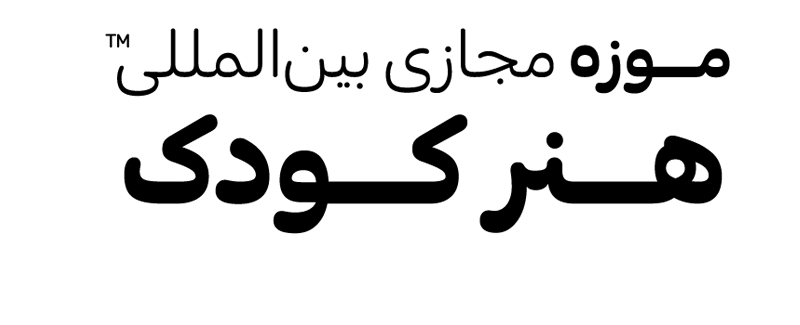روانشناسی / حقیقت پنهان درباره هنر کودکان
It's tempting to believe that kids are just scribbling. They aren't.
Had I seen the painting in the Museum of Modern Art I could have easily been convinced it was a lost masterpieceof abstract expressionism
But it wasn’t a masterpiece and I didn’t see it from across a whitewashed gallery. I saw the piece, executed ambitiously on butcher paper, mounted on the wall of the Bainbridge Christian Preschool during the annual preschool art show. The artist of the work? My four-year-old son (genius status TBD). The name of the work? “Momma.”

The simple, confident brush strokes evoked late Willem de Kooning or mid-career Joan Miro, tracing a figure akin to a Chinese character topped by a bold, nearly perfect circle surrounding by three violently precise splashes of red. It was an arresting image. Startling even.
The painting hung in the preschool for a while, but it eventually came home — as all school paintings do — and was stored away in a portfolio. But I kept thinking about it. I’m slightly prone to obsession and I obsessed because it felt like there must be something be something captured there beyond a flippant, ill-coordinated gesture. I’m not under the mistaken impression my son is an artistic savant, but there was so much intention in the painted figure — the three red dots in the center of a blue circle, the outstretched blue-green arm — that it felt dismissive to file it away with the rest of the early work. So, naturally, I pulled it back out.
I looked again. I wondered if this image might be a window into the mind of my son, a very strange place I wonder about a lot. The painting seemed to capture my wife in a fantastic way, with all of her simplicity and mild energy. Was this intentional? Was this insight? I had to know. So, being a reporter type, I started talking to people. “A child at the age of four can’t verbalize what they might be feeling or experiencing,” play therapist and psychologist Dr. Giamarie Daino patiently explained to me. “At first, they explore the world through symbolism and expressing themselves artistically.” Daino added that art wasn’t so different than playing with dolls or dressing up in that creation is a form of symbolic play. It does, in fact, mean something.
For instance when a kid put on a white shirt and listens to another child’s heart. Those are symbols. They represent being a doctor even though they aren’t precisely a doctors smoke and stethoscope. The same thing is true for a kid who puts a circle on a piece of paper. It’s a symbol of something they’ve seen or experienced or learned in their life. And those symbols could be interpreted. Daino was prepared to interpret my son’s symbols.
Summary and translation: Irandokht Salehi
Read the original article English موزه مطالعه کنید.
